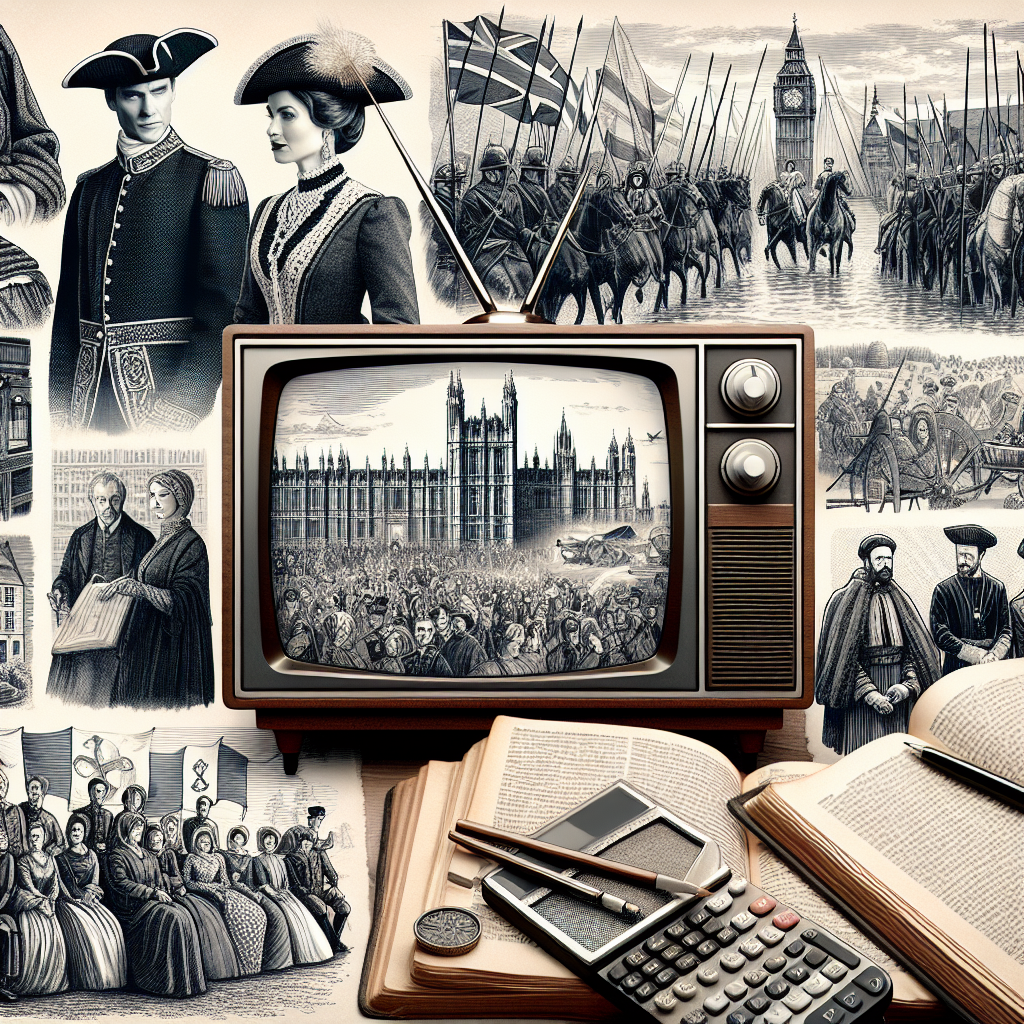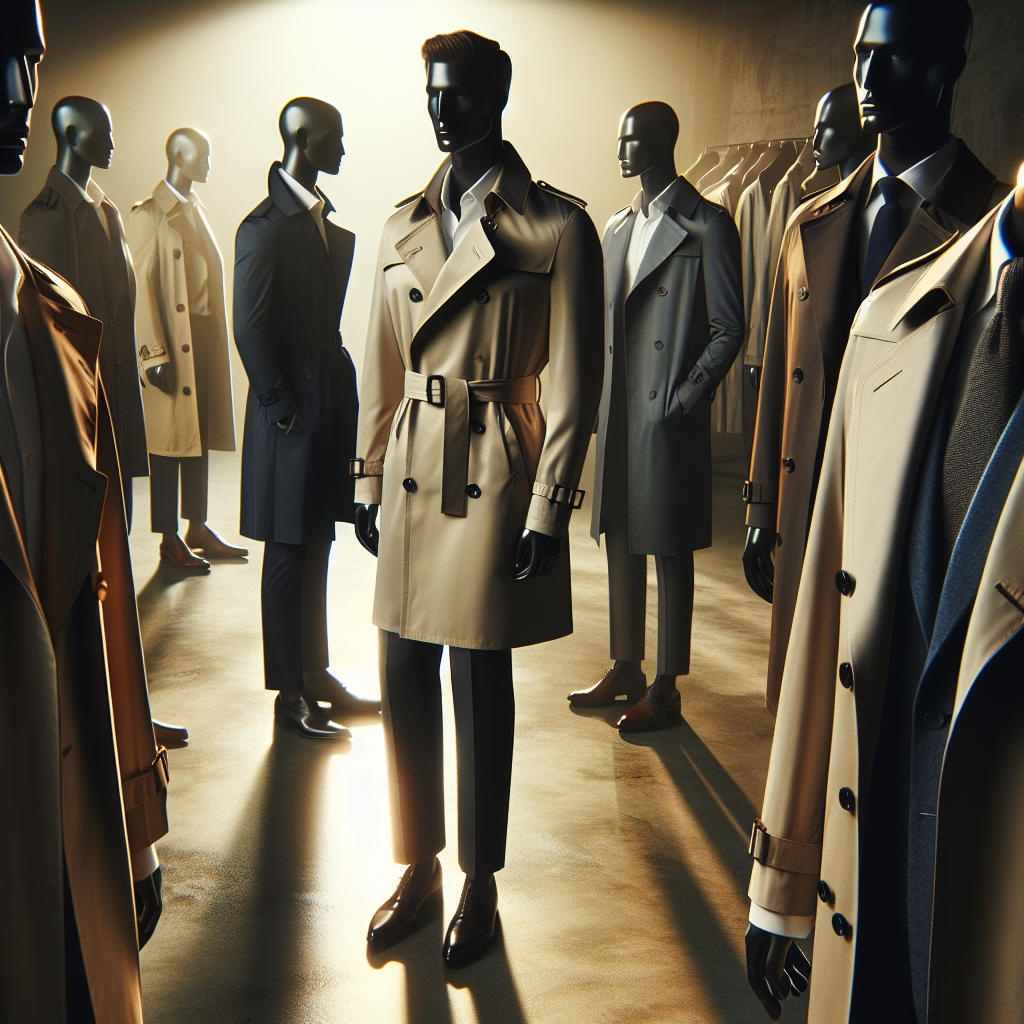
Have you ever done a double-take because you thought you just saw two celebrities who look strikingly similar? Welcome to the fascinating world of celebrity lookalikes in the entertainment industry! Whether it’s the uncanny resemblance between famous actors or musicians, or even reality stars and social media influencers, the intrigue of spotting doppelgängers never fails to captivate us. From A-listers to rising stars, the phenomenon of celebrity lookalikes continues to spark debates and awe among fans worldwide. Join us on a journey as we delve into the exciting and sometimes bizarre world of these uncanny resemblances.
Unveiling the Phenomenon of Celebrity Lookalikes
In the realm of the entertainment industry, the phenomenon of celebrity lookalikes has captivated audiences and industry insiders alike.
Definition of Celebrity Lookalikes
- Celebrity lookalikes are individuals who bear a striking resemblance to well-known personalities in the public eye, often leading to confusion or mistaken identity.
- These lookalikes can share physical attributes, facial features, or even mannerisms with the celebrities they resemble, creating a sense of intrigue and fascination among fans.
Popular Examples in the Entertainment Industry
- One of the most famous examples of celebrity lookalikes is the uncanny resemblance between Katy Perry and Zooey Deschanel, two prominent figures in the music and acting worlds, respectively.
- Another notable case is the striking similarity between actors Jeffrey Dean Morgan and Javier Bardem, both known for their rugged good looks and intense on-screen presence.
- Moreover, the resemblance between Meghan Markle, the Duchess of Sussex, and actress Parisa Fitz-Henley has garnered attention due to their shared facial features and elegant demeanor.
Celebrity lookalikes continue to spark discussions and debates within the entertainment industry, blurring the lines between reality and illusion.
Nature vs. Nurture: Genetics and Environment in Lookalikes
Genetic Similarities
- The role of genetics in creating lookalikes
Genetics play a significant role in determining physical characteristics, including facial features, that can contribute to individuals resembling each other. Lookalikes in the entertainment industry often share genetic similarities that are responsible for their uncanny resemblance. These genetic factors can influence the shape of the face, eyes, nose, lips, and other defining features that contribute to the overall likeness between celebrities and their lookalikes.
- Genetic traits that contribute to resemblance
Specific genetic traits can contribute to the resemblance between celebrity lookalikes. For example, the inheritance of dominant facial bone structure or the presence of certain genes responsible for facial symmetry can lead to individuals sharing striking similarities in appearance. Additionally, variations in genes related to skin tone, hair color, and other physical attributes can also play a role in creating lookalikes within the entertainment industry. The combination of these genetic factors can result in individuals bearing a strong resemblance to each other, often leading to comparisons and recognition in popular culture.
Environmental Influences
- The impact of environment on physical appearance: In the entertainment industry, lookalikes often share similar physical traits due to environmental factors such as diet, exercise habits, and grooming choices. For example, two celebrities who frequent the same fitness trainer or follow similar skincare routines may develop comparable features over time. Additionally, exposure to similar cultural trends and fashion influences can further enhance the resemblance between celebrity lookalikes.
- How shared experiences can enhance similarity: Beyond physical appearance, shared experiences play a significant role in shaping celebrity lookalikes in the entertainment industry. Celebrities who work together on projects or attend the same events may adopt similar mannerisms, speech patterns, and gestures, further solidifying their resemblance. Moreover, the pressures and demands of fame can create commonalities in behavior and expressions among lookalikes who navigate the same industry challenges.
The Fine Line Between Doppelgangers and Lookalikes
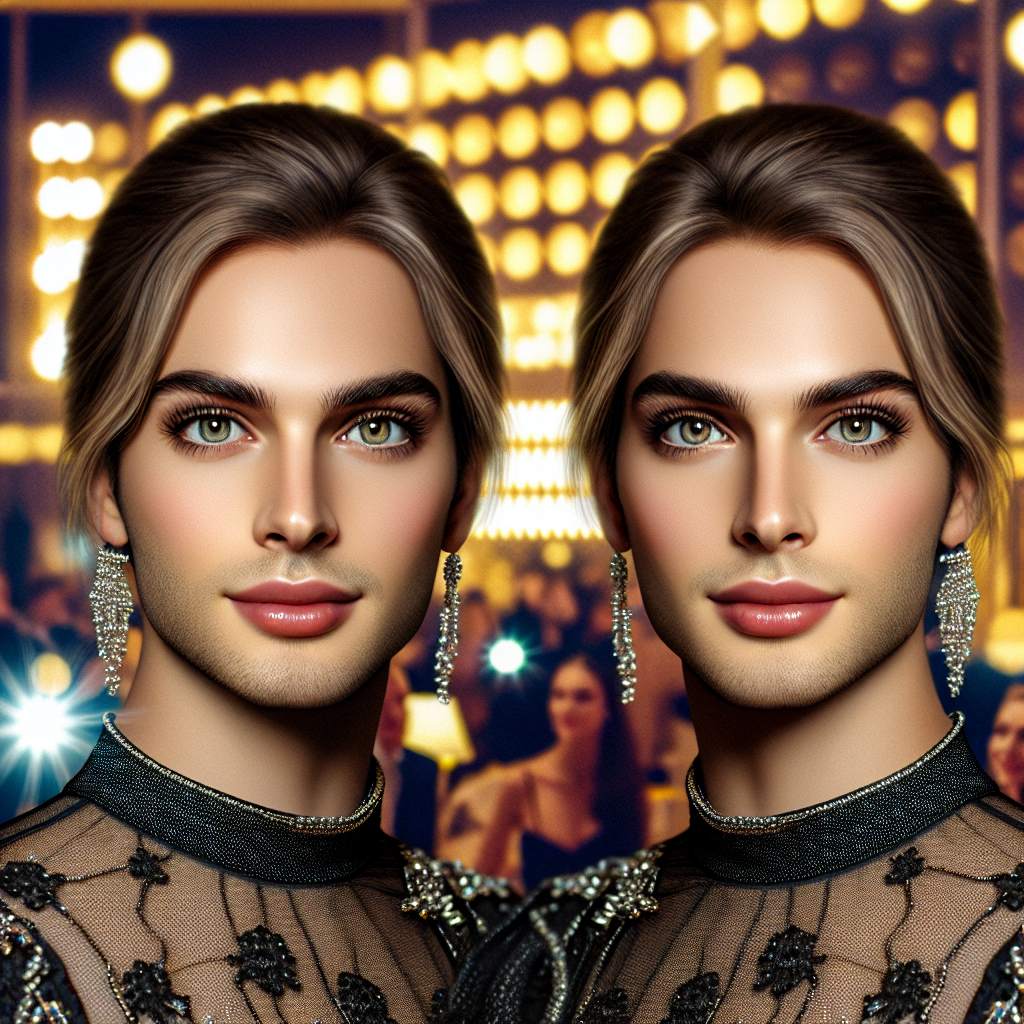
In the vast landscape of the entertainment industry, the concept of celebrity lookalikes has always been a source of fascination for fans and media alike. However, it is essential to draw a clear distinction between doppelgangers and lookalikes to understand the nuances of resemblance in this context.
Distinguishing between Doppelgangers and Lookalikes
- Doppelgangers: Doppelgangers are individuals who bear an uncanny and almost supernatural resemblance to another person. This resemblance goes beyond mere physical features and often extends to mannerisms, voice, and even personality traits. Encountering a doppelganger can evoke feelings of astonishment and curiosity due to the striking similarities that transcend mere coincidence.
- Lookalikes: On the other hand, lookalikes are individuals who share a resemblance with a celebrity or public figure but do not necessarily possess the same depth of similarity as doppelgangers. Lookalikes often capitalize on their resemblance for entertainment purposes, such as impersonating the celebrity at events or in media productions. While the resemblance may be notable, it is typically more superficial and based on physical appearance rather than a deeper connection.
Psychological Effects of Encountering a Lookalike
- Recognition and Uncertainty: When individuals encounter a lookalike of a celebrity they admire, they may experience a moment of cognitive dissonance as their brain processes the visual information. The brain’s ability to recognize patterns and faces can lead to a sense of familiarity, even though the individual knows cognitively that they are not actually seeing the celebrity in question.
- Emotional Response: The emotional response to encountering a lookalike can vary greatly depending on the individual’s attachment to the celebrity in question. For some fans, seeing a lookalike may evoke feelings of excitement and amusement, while for others, it could trigger a sense of disappointment or even unease if the resemblance feels too uncanny or unsettling.
By understanding the fine line between doppelgangers and lookalikes, we can appreciate the complexities of celebrity resemblance in the entertainment industry and the intriguing ways in which perception and reality intersect in the realm of fame and recognition.
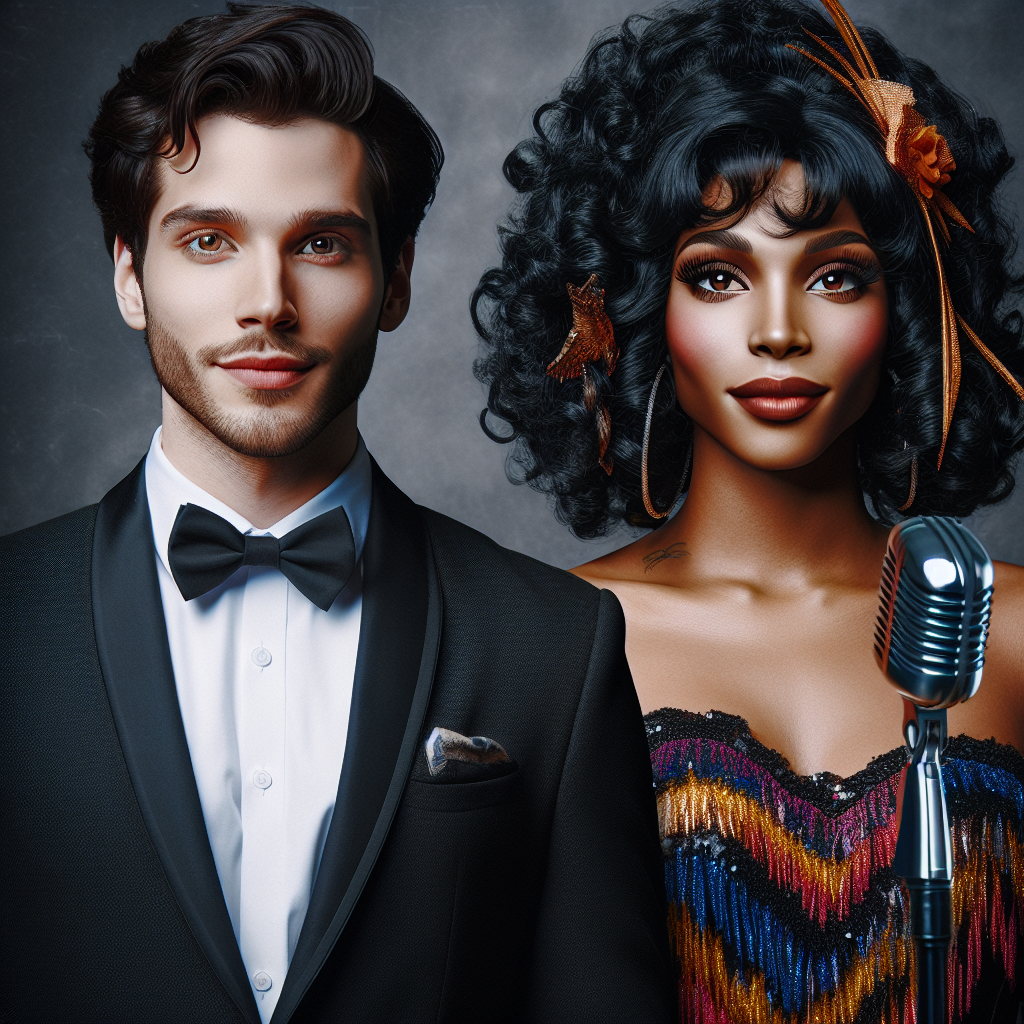
The Influence of Social Media on Identifying Lookalikes
Viral Lookalikes
- Instances of lookalikes going viral on social media
Lookalikes in the entertainment industry often captivate the online community, with instances of individuals resembling famous celebrities sparking viral sensations across various social media platforms. These lookalikes can range from strikingly similar physical features to uncanny resemblances in mannerisms or style, garnering attention and fascination from internet users worldwide. Whether it’s a regular individual sharing an accidental likeness with a well-known star or a professional impersonator deliberately emulating a celebrity, the phenomenon of viral lookalikes showcases the public’s intrigue with doppelgangers in the entertainment realm.
- The power of social media in discovering celebrity doppelgangers
Social media platforms play a pivotal role in amplifying the visibility of celebrity lookalikes, enabling swift and widespread dissemination of content that highlights these resemblances. Through the rapid sharing and resharing of photos, videos, and anecdotes featuring individuals who bear a striking resemblance to famous personalities, social media users contribute to the phenomenon’s virality. The interactive nature of platforms like Instagram, TikTok, and Twitter facilitates the discovery and propagation of celebrity doppelgangers, fostering a digital space where lookalikes can gain recognition and even opportunities within the entertainment industry based on their resemblance to renowned figures.
Celebrity Reactions
Celebrities often have varying reactions when they come face to face with their lookalikes. This encounter can evoke a range of emotions and responses, from amusement to confusion and even a sense of flattery. Some celebrities find it entertaining and intriguing to see someone who closely resembles them, while others may feel uncomfortable or even threatened by the comparison.
Notable Responses:
- Amusement: Many celebrities find humor in the idea of having a doppelgänger and are often amused when fans point out their lookalikes. They may play along with the resemblance and even joke about it in interviews or on social media.
- Confusion: In some cases, celebrities may be taken aback by the striking similarity between themselves and their lookalikes. This confusion can stem from the realization that someone out there bears a strong resemblance to them, often leading to questions about coincidence or impersonation.
- Flattery: Despite any initial surprise or skepticism, some celebrities view having a lookalike as a form of flattery. They may appreciate the admiration and attention that comes with being compared to another individual, seeing it as a testament to their unique appearance and public image.
Implications for Publicity and Entertainment:
- Utilizing Lookalikes: Celebrities and their management teams may strategically leverage the presence of lookalikes for promotional purposes. This could involve incorporating the lookalike into marketing campaigns, social media posts, or public appearances to generate buzz and engage fans.
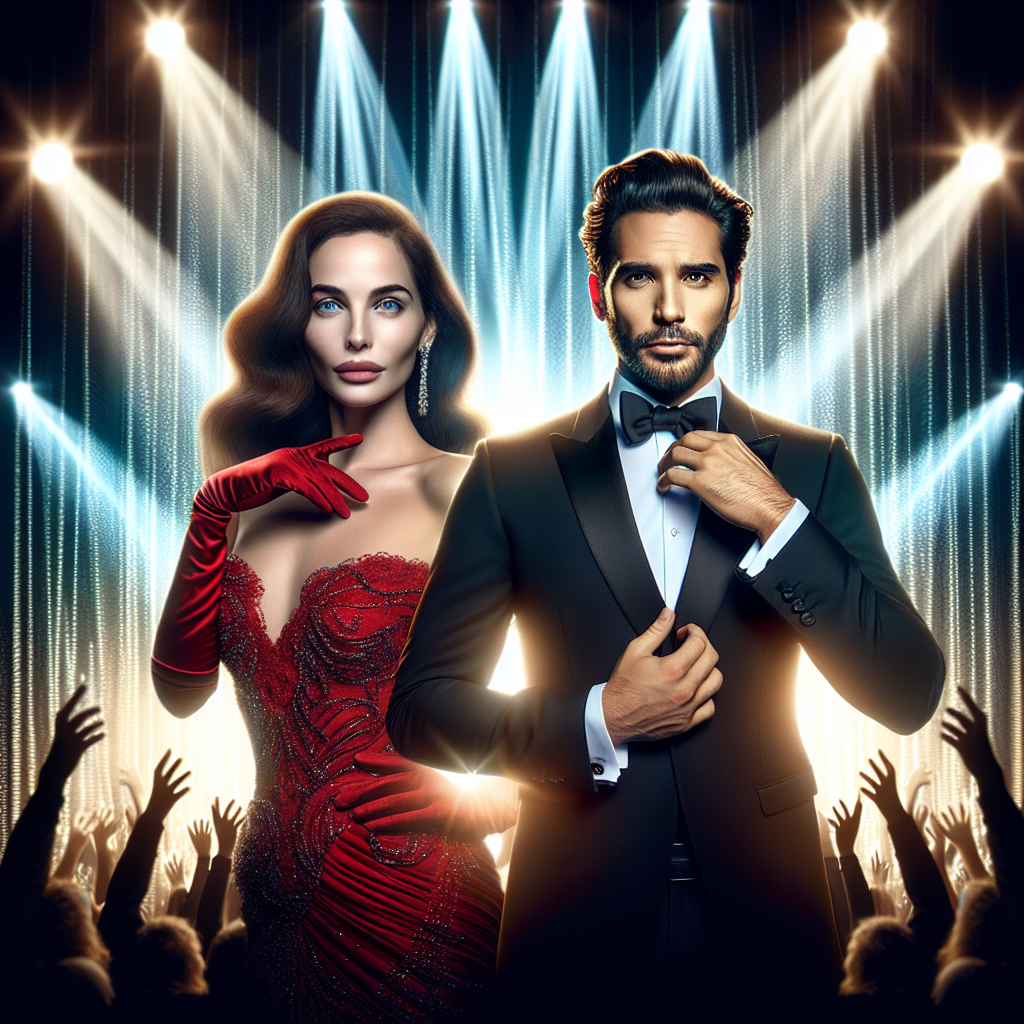
– Entertainment Value: The discovery of a celebrity lookalike can also spark entertainment opportunities, such as featuring both the celebrity and their doppelgänger in comedic sketches, reality TV shows, or public events. This collaboration can add a fun and playful element to the celebrity’s persona, enhancing their likability and relatability to audiences.
Ethical Considerations in the Lookalike Industry
Ethical Implications of Impersonating Celebrities
Celebrity lookalikes often raise ethical concerns, particularly regarding the exploitation of a celebrity’s likeness for personal gain. Critics argue that impersonating a celebrity can mislead the public and tarnish the reputation of the actual celebrity if the impersonator engages in inappropriate behavior. Moreover, some question the authenticity of lookalike performances and whether they contribute to the culture of celebrity obsession and unrealistic beauty standards.
Legal Issues Surrounding Celebrity Lookalike Performances
The legal landscape surrounding celebrity lookalikes is complex and varies by jurisdiction. In some cases, impersonating a celebrity for profit may infringe on intellectual property rights, such as trademark and publicity rights. Celebrities and their management teams often take legal action against lookalikes who use their image and likeness without permission, claiming that it can lead to brand dilution and confusion among consumers. Additionally, there are concerns about the potential for lookalikes to deceive the public or engage in activities that could damage the reputation of the celebrity they are impersonating.
The Future of Celebrity Lookalikes in Entertainment
Technology Advancements
Future of Celebrity Lookalikes in Entertainment
In the ever-evolving landscape of the entertainment industry, technology plays a pivotal role in identifying and leveraging celebrity lookalikes to captivate audiences and enhance the overall entertainment experience.
Role of technology in identifying lookalikes
- Facial recognition software and artificial intelligence algorithms have revolutionized the process of identifying individuals who bear striking resemblances to popular celebrities. These advanced technologies analyze facial features, bone structure, and other distinctive characteristics to pinpoint potential lookalikes with remarkable accuracy.
- The utilization of biometric data and deep learning algorithms enables entertainment professionals to not only identify existing celebrity lookalikes but also predict emerging lookalikes based on evolving trends and audience preferences. This proactive approach allows for the strategic deployment of lookalikes in various entertainment productions, marketing campaigns, and live events.
Virtual celebrity clones and their impact on the industry
- The emergence of virtual celebrity clones, also known as digital avatars or computer-generated personas, has opened up new possibilities for creating and showcasing lookalikes in the entertainment industry. These hyper-realistic virtual beings can be seamlessly integrated into films, music videos, video games, and social media platforms, blurring the lines between reality and simulation.
- Virtual celebrity clones not only offer a cost-effective alternative to hiring physical lookalikes but also provide greater flexibility in terms of customization and creative control. With the ability to manipulate every aspect of their appearance and performance, virtual celebrity clones present endless opportunities for innovation and storytelling in the entertainment landscape.
- Despite the ethical and legal implications surrounding the use of virtual celebrity clones, their increasing prevalence underscores the growing influence of technology in shaping the future of celebrity lookalikes in entertainment. As advancements in digital rendering and motion capture technologies continue to push the boundaries of what is possible, the entertainment industry stands at the brink of a new era where the distinction between real and simulated celebrities becomes increasingly blurred.
Evolution of Fan Culture
The Future of Celebrity Lookalikes in Entertainment
In the realm of the entertainment industry, the phenomenon of celebrity lookalikes has undergone a significant transformation, closely intertwined with the evolution of fan culture. Fans are no longer just passive observers but active participants, engaging with lookalikes in novel ways that challenge traditional notions of celebrity worship and emulation.
- Changing dynamics of fan interactions with lookalikes:
The rise of social media platforms has revolutionized how fans interact with celebrity lookalikes. Fans now have direct access to these doppelgangers, enabling them to engage in real-time conversations, share content, and even collaborate on projects. This shift has blurred the lines between fan and celebrity, creating a more interconnected and dynamic fan community. - The potential for lookalike conventions and events:
As fan engagement with celebrity lookalikes continues to grow, the potential for dedicated conventions and events specifically catering to this niche market is becoming increasingly viable. These gatherings could provide fans with the opportunity to meet their favorite lookalikes in person, participate in interactive experiences, and celebrate their shared appreciation for the art of mimicry. Such events have the potential to further solidify the bond between fans and lookalikes, fostering a sense of community and camaraderie within this unique subset of the entertainment industry.
FAQs – Exploring Celebrity Lookalikes in the Entertainment Industry
Are celebrity lookalikes intentionally sought out by the entertainment industry?
While some celebrity lookalikes may be intentionally sought out by the entertainment industry for specific projects or promotions, many times these lookalikes gain popularity on their own without any intentional marketing or hiring from industry professionals. It is not uncommon for fans to notice strong resemblances between celebrities and regular individuals, leading to the lookalike gaining attention and potentially opportunities in the entertainment industry.
How do celebrity lookalikes feel about being compared to famous individuals?
The feelings of celebrity lookalikes towards being compared to famous individuals can vary greatly. Some lookalikes may embrace the comparison and enjoy the attention it brings, while others may feel uncomfortable with being constantly associated with someone else’s identity. It is important to consider each individual lookalike’s personal preferences and boundaries when discussing their resemblance to a celebrity.
Can celebrity lookalikes legally profit from their resemblance to famous individuals?
In some cases, celebrity lookalikes may be able to legally profit from their resemblance to famous individuals through certain avenues such as impersonation gigs, endorsement deals, or public appearances. However, there are also legal limitations to consider, such as copyright and trademark laws that protect a celebrity’s image and likeness. It is important for celebrity lookalikes to be aware of these legal considerations and seek guidance from legal professionals if necessary.
Do celebrity lookalikes face any challenges in the entertainment industry?
Celebrity lookalikes may face challenges in the entertainment industry, such as being typecast or pigeonholed into roles that are solely based on their resemblance to a famous individual. Additionally, they may encounter skepticism or criticism from audiences who view them as imitations rather than authentic performers. It is important for celebrity lookalikes to showcase their own talents and uniqueness in order to establish themselves as individuals within the industry.





